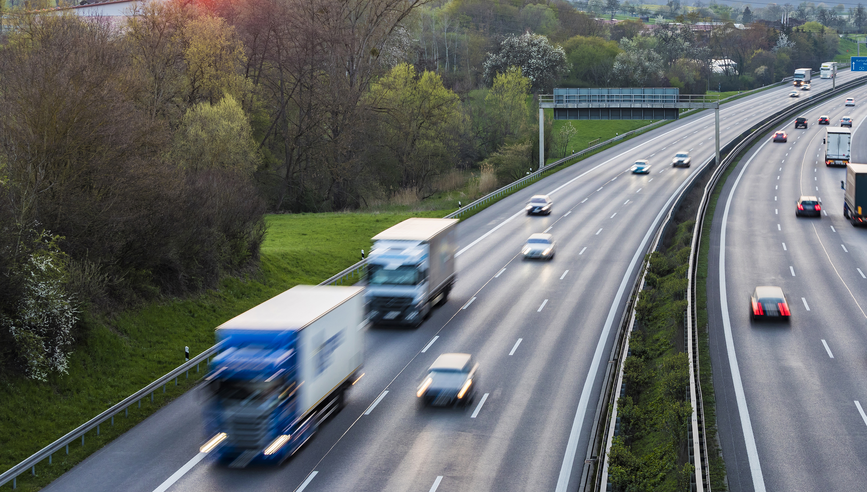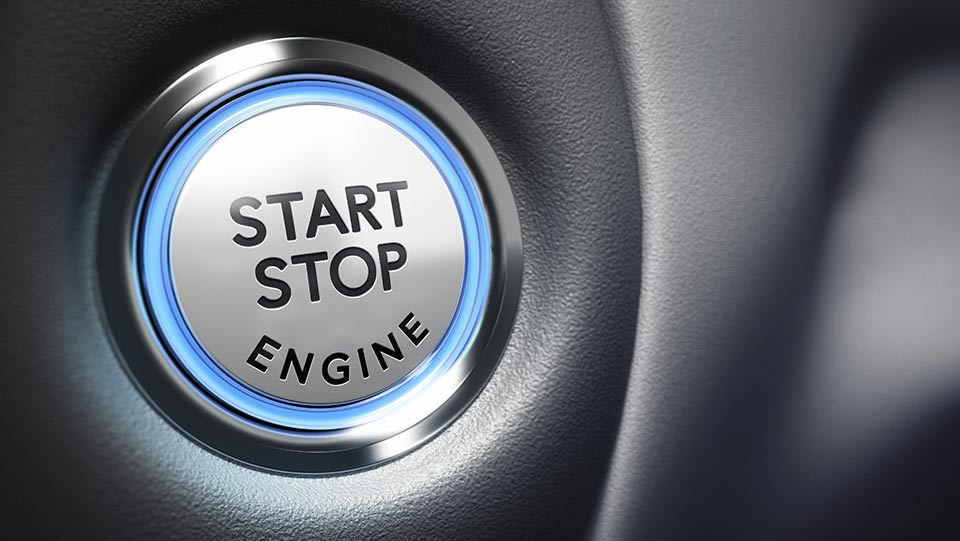How to Help Prevent Rear-End Collisions


Nearly 7 million motor vehicle crashes were reported in the U.S. in 2018.1 Rear-end accidents can cause serious harm to people and property, and can result in significant costs for business owners. If your employee is at fault for a collision while on work duty, your business could be held financially responsible – no matter if that employee is driving a company vehicle or their own.
There’s also injury to your employee and workers compensation to consider: Motor vehicle-related workplace injuries can be severe and cost, on average, $78,293 – nearly twice the average cost of all other workplace injuries.2 Taking measures to improve driver safety is good for your business and your employees.
These guidelines can help reduce the risk of rear-end accidents:
Check Motor Vehicle Records (MVR)
It’s in your best interest to make sure that anyone driving on your company’s behalf is responsible behind the wheel. To find out if your employees are safe drivers, check their Motor Vehicle Record (MVR) when first permitting them to drive on behalf of your company and periodically thereafter. Screen out drivers with poor driving records, discuss any negative MVR findings with your employees, and develop a formal driver safety policy with clear instructions on the type and/or number of violations that will prohibit the employee from driving for your business.
Safe Driver Training
Everyone, including experienced drivers, can benefit from reminders about safe driving practices. Consider implementing a safe driving program for new and current employees that emphasizes these essential practices for minimizing rear-end accidents:
- Keep a safe following distance. Rear-end collisions occur when drivers don’t have enough time to react to slowing or stopped traffic in front of them. To ensure a sufficient stopping distance, the National Safety Council recommends a minimum three-second following distance for passenger vehicles. That distance should be even greater for larger vehicles and when road or weather conditions are less than ideal.
- Minimize distractions. Distracted driving is dangerous, claiming 2,841 lives in 2018.3 Even a minor distraction that takes the driver’s eyes off the road for a few moments can result in a rear-end collision. Implementing a formal distracted driving policy is one way to help safeguard your business and your employees’ safety. Prohibit the use of mobile devices unless the vehicle is parked in a safe location. Encourage your employees to use “do not disturb” features, which can silence notifications and block phone calls and text messages while they are driving.
- Use safe speeds and driving dynamics. Road conditions can be challenging, especially with construction zones, fast and aggressive drivers, and traffic congestion – all of which can increase the risk of rear-end accidents. Reiterate to your employees the importance of safe driving speeds, courteous driving behaviors, and careful attention to changing road conditions and visual cues, such as slowdowns, stops and brake lights.
- Plan routes in advance. Drivers who plan their routes in advance are better able to focus on their driving and anticipate travel time, trouble spots and potential hazards ahead. If GPS is being used, have employees program their GPS system before their vehicle is in motion. Employees should focus their full attention on the road.
Collision Avoidance Technology
Many new vehicles are now equipped with collision avoidance technology, which can help reduce the risk of many types of accidents, including rear-end collisions. These technologies can alert drivers of potential collisions, lane departures and vehicles in the driver’s blind spot. They can also help the driver maintain a safe following distance and, in some vehicles, the brakes might be applied automatically when the driver has not taken action to avoid an impending crash. Backup cameras can also help prevent crashes when driving in reverse. Drivers should consult their owner’s manual to learn what safety features are present in their vehicles.
Forward-collision warning systems and automatic braking features are particularly effective, reducing rear-end collisions by 50% and rear-end collisions with injuries by 56%.4
Consider these and other collision avoidance technologies the next time you add vehicles to your fleet.
Onboard Safety Systems
Telematics and onboard cameras are other systems to consider for your company-owned vehicles. Telematics use GPS and accelerometer technology to gather information, such as vehicle speed, location and driving behavior – including at-risk speeding, hard braking, mobile device distraction and more. You can use this data to recognize and reward safe drivers, as well as identify drivers whose performance needs improvement.
In the event of a crash, having forward-facing and driver-facing cameras in your vehicles allows you to provide context, showing what happened before and after, and provide video evidence in the event of a claim.
Partner With an Experienced Insurance Company
With automobile liability claims increasing in severity,5 multimillion-dollar settlements have become more common. That’s why it’s important to partner with an experienced insurance carrier. Travelers brings more than 100 years of experience to automobile insurance, and our Claim professionals have specialized, in-depth knowledge of all aspects of auto claims management. Look to Travelers for commercial auto coverage; talk to an independent agent to learn more.
Sources
1 Insurance Information Institute, Facts & Statistics: Highway Safety
2 National Safety Council, Workers' Compensation Costs by Cause, 2016–2017
3 National Highway Safety Traffic Administration, Distracted Driving
4 Accident Analysis & Prevention. Volume 99, Part A, February 2017, Pages 142-152.
5 Insurance Research Council, Trends in Auto Injury Claims, 2019 Edition.



